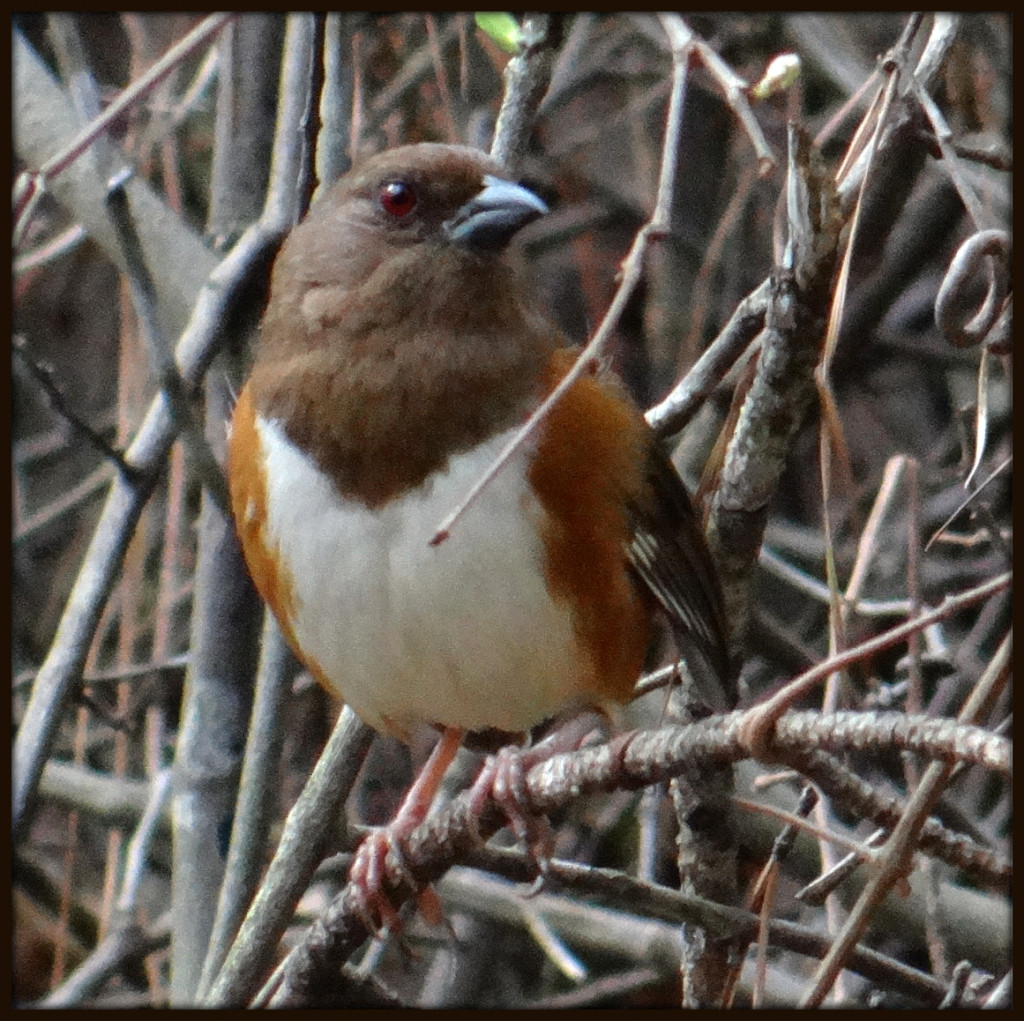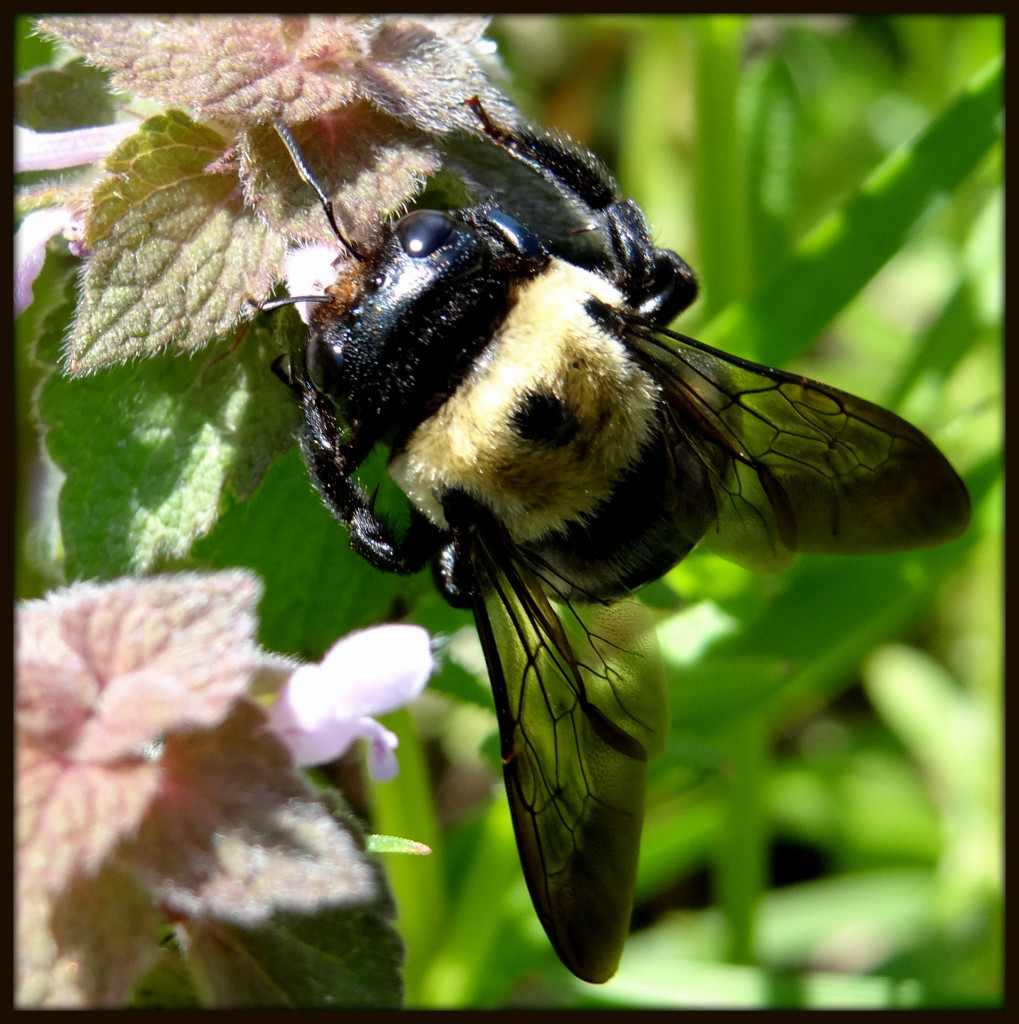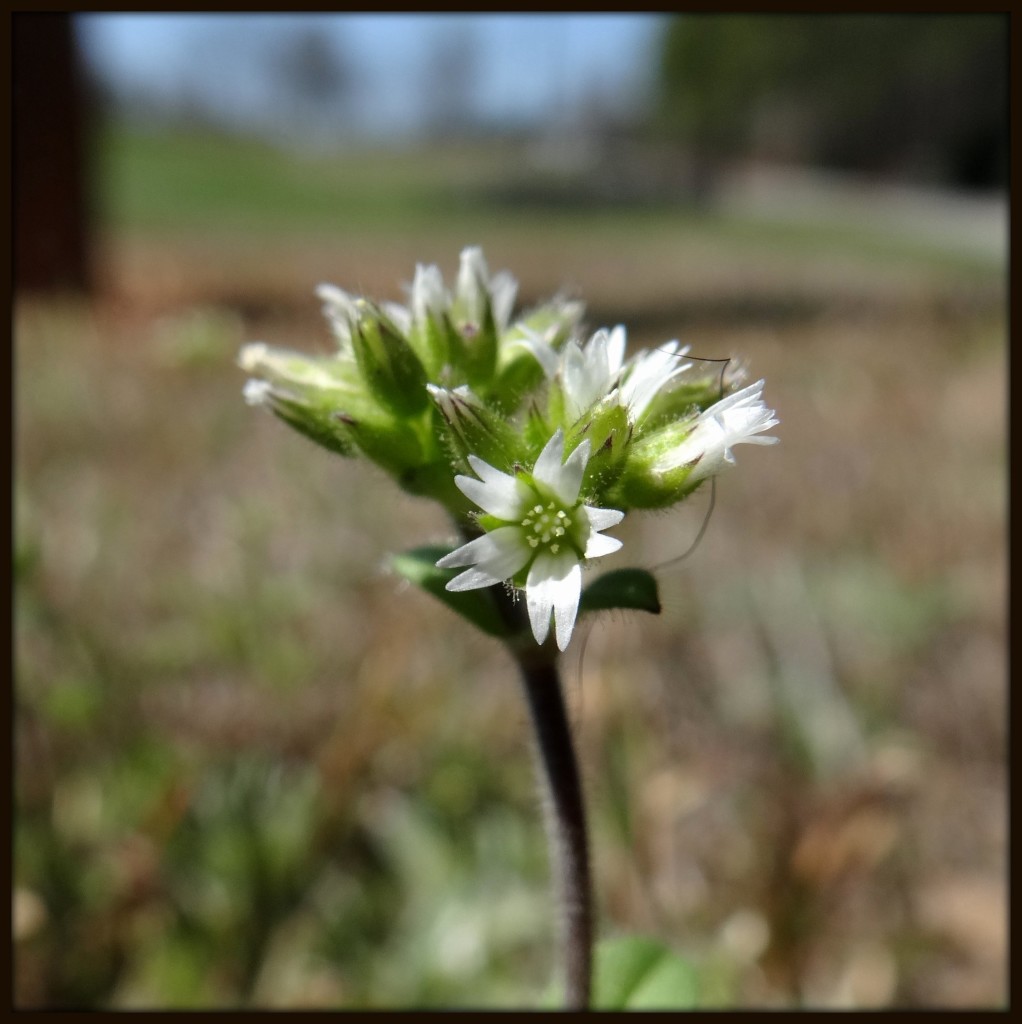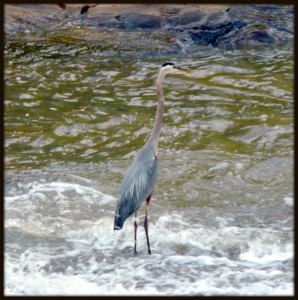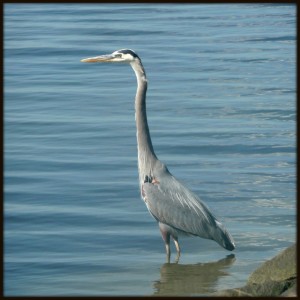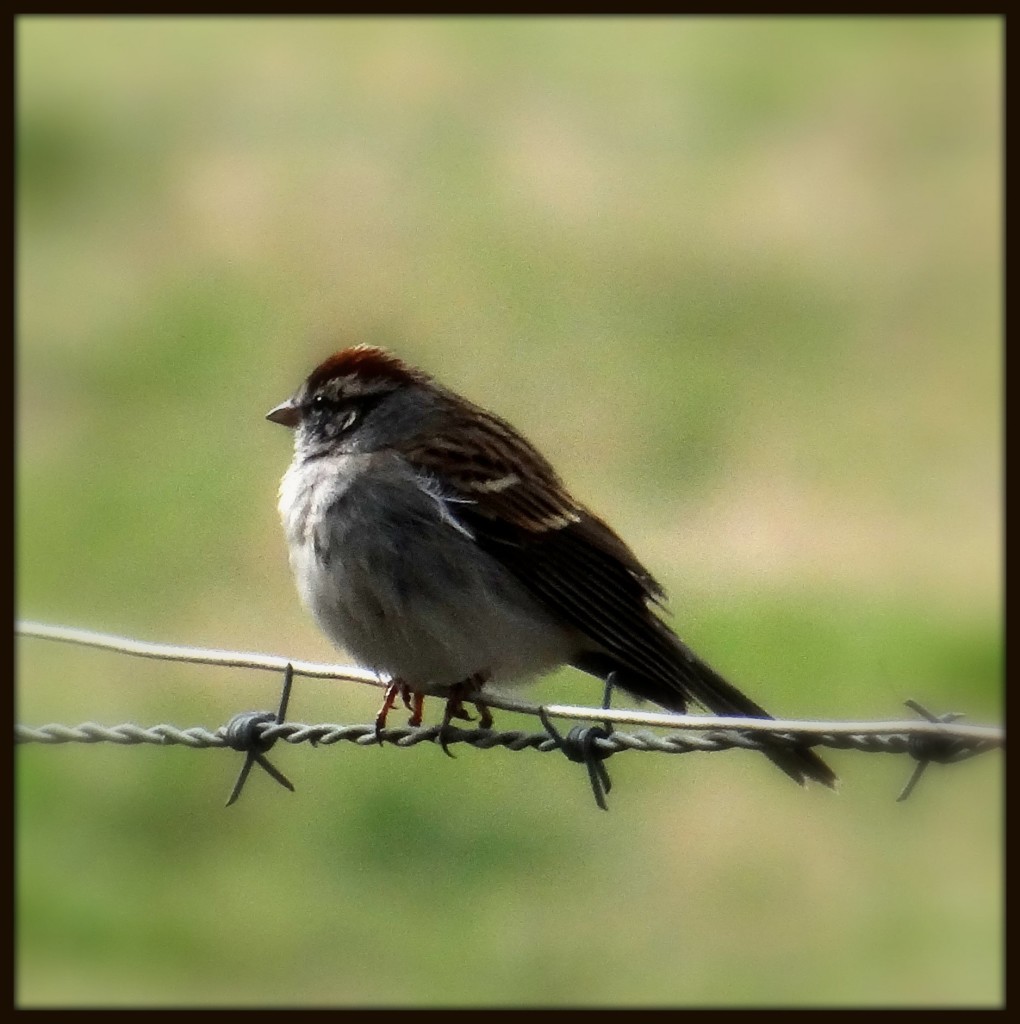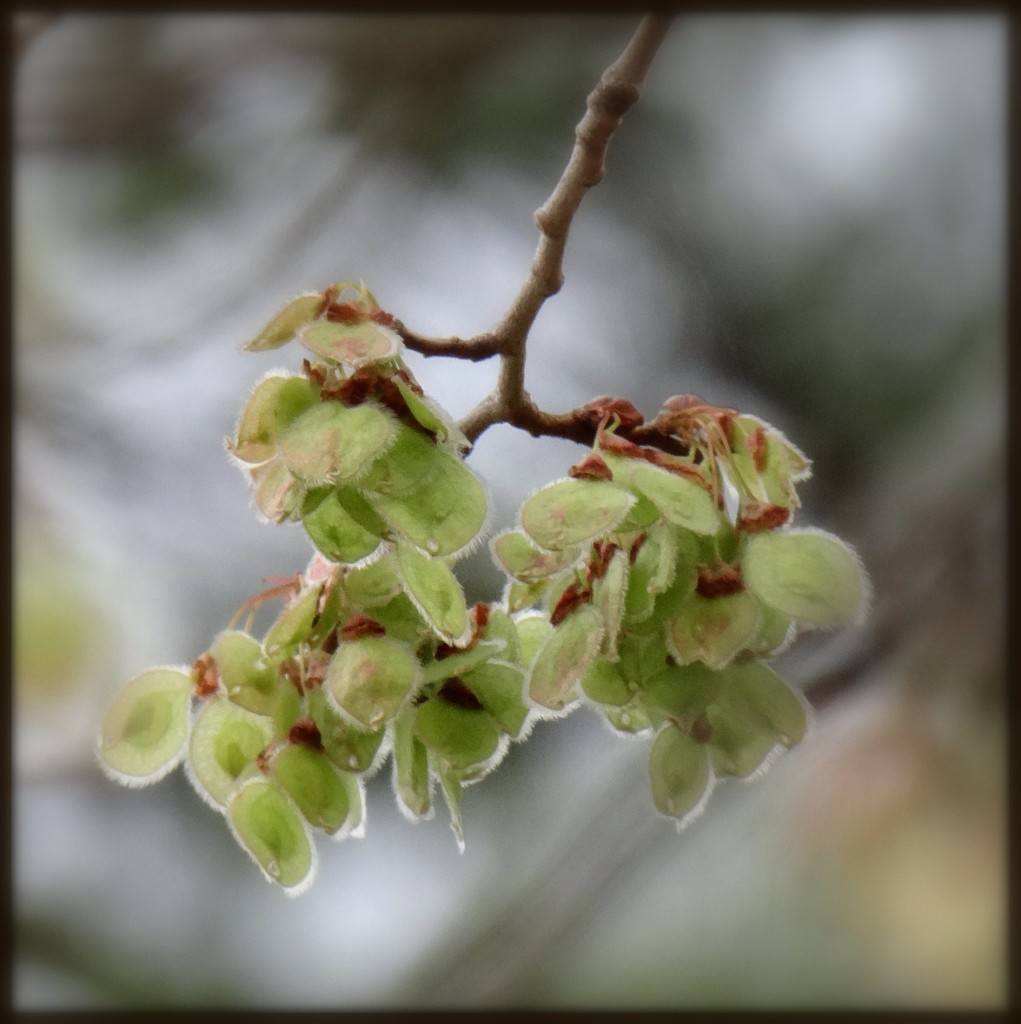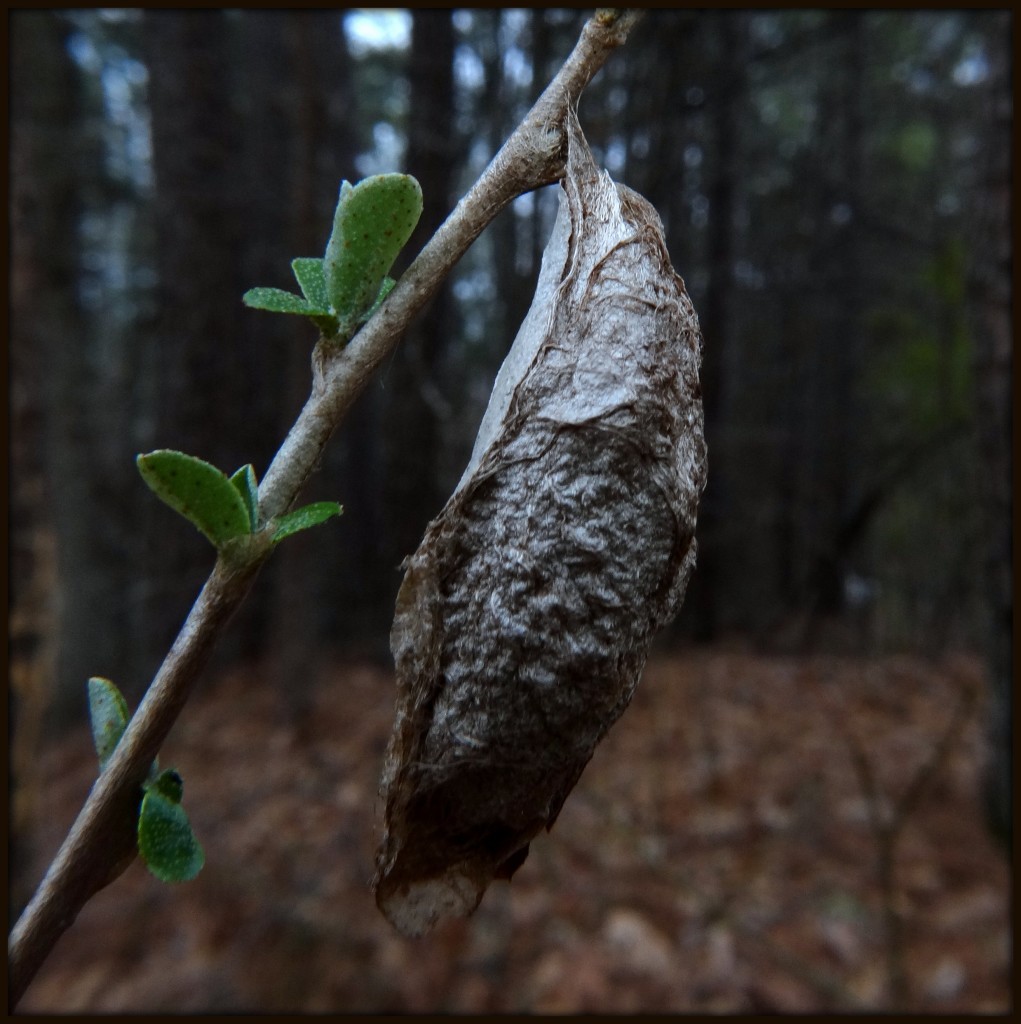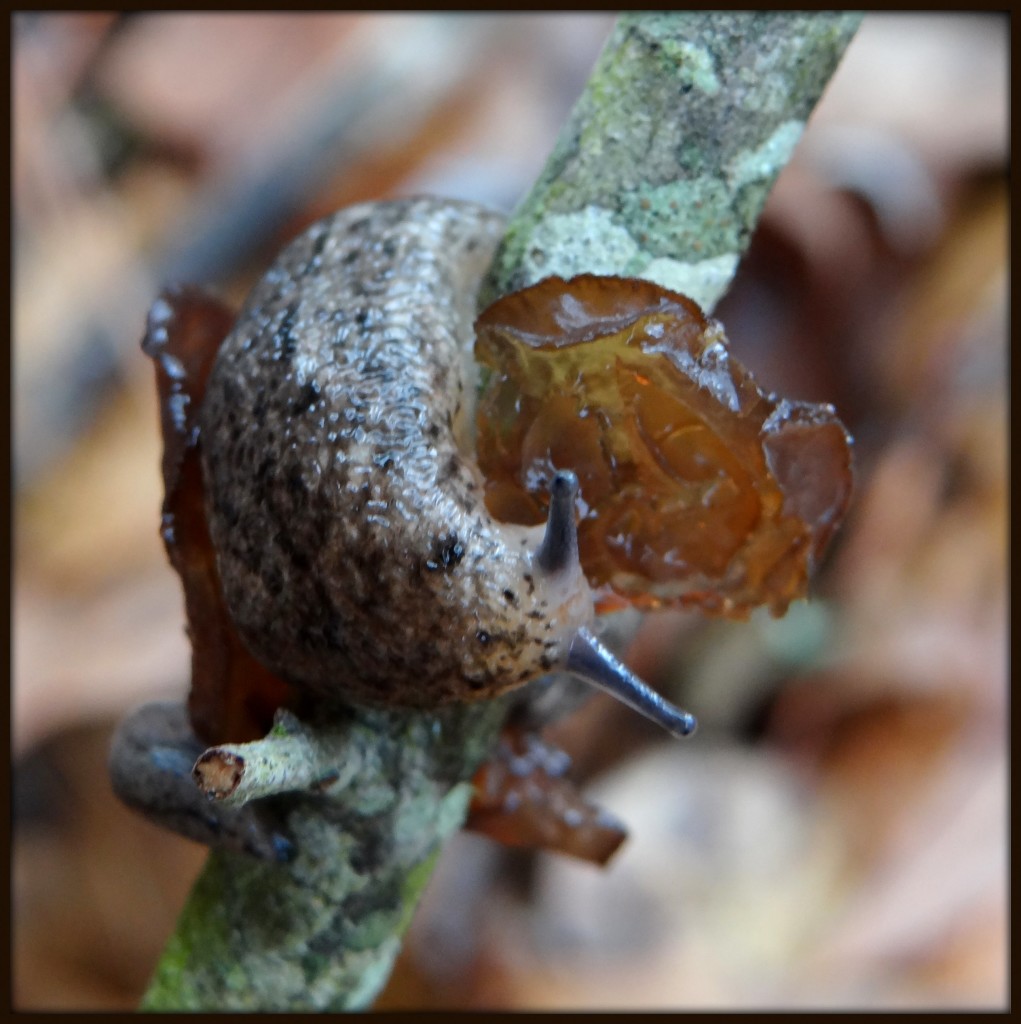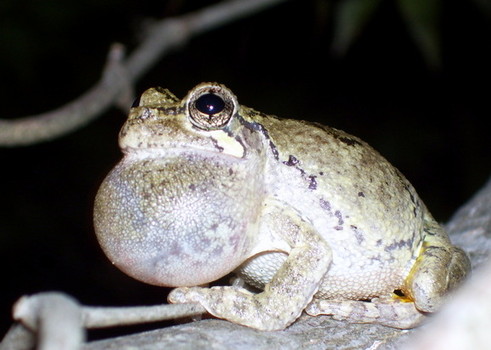
Spring peeper calling to attract a mate. Spring peepers produce their calls using vocal chords just like people do. They also have throat sacs that they can inflate, which act as resonance chambers to amplify the sound of their calls. Photograph by Valerie Hayes.
It is half an hour after sunset in early spring in Georgia, and the grass is still wet from a downpour earlier in the day. My ears are filled with the shrill calls of spring peepers, hiding in the bushes near the invisible pond, calling out plaintively to attract mates. My wife has her clipboard at the ready, holding a red flashlight so that she can see the page in front of her. We are pulled off to the side of the road, just beyond the entrance to a local Baptist children’s home. A light breeze blows out of the west, and the stars shine brightly in the moonless sky. I listen for other voices among the spring peepers, mostly to confirm my wife’s own observations. Officially, she is the frog monitor, and, I tell friends, I drive the getaway car – plus I have the job of counting cars while my wife documents frog calls. The more cars passing over her five minutes of work, the more difficult it is to get an accurate tally of how many frogs are present, and what kinds. And sometimes, if the pond is close to the road, a passing car or truck will leave a pond full of raucous frogs silent for a time afterward. I stand on the pavement beside the car, debating whether to trudge into the tall, wet, tick-infested grass to where my wife stands. While I consider the pros and cons, a car pulls up beside me. A policeman looks me over, asking if I need any help. “No thank you,” I explain. “I’m fine. My wife and I are just listening for frogs, doing a research project for the Georgia Department of Natural Resources.” I figure no policeman will ever question that story, because it is too odd to make up. “Oh,” he replies. “OK. Goodnight, then.” His car speeds off into the darkness. It is just another night on the Frog Patrol. And this is only the first stop of ten for the evening. Nine to go.
Three nights each year – once in early spring, once again in late spring, and finally in early summer – my wife and I drive a regular beat of perhaps twenty-five miles, stopping at ponds, stream crossings, and roadside wetlands, listening for the calls of frogs. Our frog monitoring route starts just a few miles from home, in Palmetto, Georgia, and ends many miles south, somewhere in the rural hinterlands outside the crossroads community of Sargent. We have been working as volunteers for the Georgia Department of Natural Resources, participant in the North American Amphibian Monitoring Program, for six or seven years now. We do it because we are really worried about the future of frogs – in Georgia, across the United States, and around the world. Frog populations have been in decline around the world, for a lot of reasons, from habitat destruction to water pollution from herbicides and pesticides, and global warming to the chytrid fungus (a disease that has wiped out frogs in the tropical Americas and western US). In many cases, more than one problem, or stressor, is involved. Frogs might get stressed due to unseasonably warm or dry conditions, and that might make them more susceptible to water contamination like the herbicide atrazine. A quick look at the numbers: there are 5,645 known frog species around the world, of which 1,656 are considered vulnerable, endangered, or worse, and another 1,400 are so little-known that scientists aren’t sure of their endangerment status. Georgia is home to 30 different species of frogs and toads, making it the second most diverse state for frogs in the country, after Texas.
A few stops later, my wife and I stand on a highway bridge across a swamp. Here, the spring peepers seem to be absent, replaced by the occasional “jug-a-rum” call of a bullfrog, the loose banjo twang of a green frog, and sounds like metallic marbles being banged against each other, coming from the northern cricket frog. In the distance, dogs bark, and I think I hear a whippoorwill calling. Are those yips coming from a coyote pack? Meanwhile, just off the road along the water’s edge, I hear a snuffling and rustling. It is probably an armadillo – maybe even a mother with babies. Somewhere through the trees, a great horned owl calls – “Who cooks for you?” It is a loud and busy night for Georiga wildlife. Fortunately, this road gets few cars at this hour – mostly pickups that race by us, high beams compelling us to close our eyes. This is one of our wildest stops, and one of my favorites, too. I can’t see house lights anywhere. Now that the quarter moon has risen, I can just make out the silhouettes of trees, and the sparkle of moonlight off the water.
“Why bother with frogs?” one might ask. After all, they don’t have the charisma of bald eagles, grizzly bears, or wolves. Unless you visit a pond, or walk a woodland trail soon after a rain, you may not see frogs very often. They are mostly active at night, because that is when it is more difficult for them to be seen, by both their predators (like most snakes) and their prey (typically insects). Frogs also need to keep their skin moist, and evaporation is much lower at night than during the daytime. Given that we rarely even notice them, are they really that important? It turns out that keeping a healthy and diverse frog population may be extremely important for maintaining vibrant ecosystems. Frogs play vital roles in food webs, both as predators and as prey. They control many insect pests, like mosquitoes. They are celebrated in many cultures, in folk tales and television programs (Kermit the Frog, anyone?). They are sometimes beautiful and always fascinating. Scientists also have found them to be useful indicators of the health of an ecosystem as a whole. Asbioindicators, they tell us about the conditions of our environment. When their numbers decline, there is cause for concern that their habitat has been compromised – perhaps by development in the area, or chemicals in the water. Rachel Carson, the renowned author of Silent Spring, imagined a world without the calls of birds, a world in which toxic pesticides like DDT had wiped out songbird populations. I monitor frogs because I am concerned about another silent spring – a season without frog calls in it.
It is getting late – well past eleven now, and two stops still to go. If the earlier stop was my favorite one for the night, this one is easily my least favorite. Our car sits at the end of a well-lit driveway, in front of an elaborate wrought-iron gate, beside a call box to notify the residents (or possibly their servants) of one’s arrival. I suspect there are hidden cameras installed somewhere, watching us. Lights shine on the brick walls that flank that gate on either side and illuminate the name plate atop the closed gate. Somewhere down the driveway, beside the manicured lawn and in front of the mansion, a pond lies silent. Each year, I wonder anew what this particular stop is for. Yes, there is water there, but never any frogs. My wife and I both suspect that the reason is because of all the lawn chemicals applied to the grass leading up to the water’s edge. Or maybe the homeowners find frog calls annoying and have poisoned the water to kill them all. Stopping here, in the face of such opulence and disregard for wildlife, it is difficult not to feel discouraged. I keep myself occupied by watching for passing vehicles. I don’t even bother getting out of the car.
I live for the other nine stops, the ones where frogs are still present. Every year my wife and I return, and every year we are greeted by a frog chorus – in some cases during all three frog runs, in other cases just on one or two of them. The blend of voices changes year to year and outing to outing. Some frogs – like spring peepers – are active early in the spring, while other ones, such as green tree frogs, start calling later in the spring or even early in the summer. Last year was a severe drought in Georgia, so the calls were fewer and more muted. This year has been much wetter so far, and I have been hearing some northern cricket frogs calling even during some of my daytime walks. I sat sipping coffee in a local market the other day, and was certain I heard the harsh quick trill of a Cope’s gray tree frog coming from the branches of a tree across the street. Over the years of the Frog Patrol, their voices have grown more and more familiar, nowadays, I am more likely to be able to identify correctly a frog’s call than one made by a songbird.
Stop ten at last. Bleary-eyed, I take a last swig of unsweetened peach iced tea (room temperature by now) from my stainless steel water bottle, waiting for the requisite five minutes of frog monitoring to end. By this point in the night, each minute seems to last half an hour. It is after midnight, and the spring peepers’ shrill calls drone on and on, like an all-night frat party. I have come full circle – this early in the season, spring peepers are the only tenants of this roadside pond, though green tree frogs and Cope’s gray tree frogs will likely arrive by early summer. And we will be back to listen for them.
If you are interested in becoming a volunteer frog monitor, there are two national programs that you should consider checking out. The one covered in this article is the North American Amphibian Monitoring Program; you can learn about it at http://www.pwrc.usgs.gov/naamp/ Another one is Frogwatch USA, administered by the Association of Zoos and Aquariums; information about this program may be found at http://www.aza.org/frogwatch/ If you are concerned about the fate of the world’s frogs, visit www.savethefrogs.com to learn more about what you can do to help. If you would like to read more about frogs, a great book is Frogs: The Animal Answer Guide, by Mike Dorcas and Whit Gibbons, available here and at other online booksellers and neighborhood bookstores. And if you would like to listen to the calls of Georgia’s frogs and toads, click here to access MP3 audio files.
This article was originally published on May 25, 2013.
